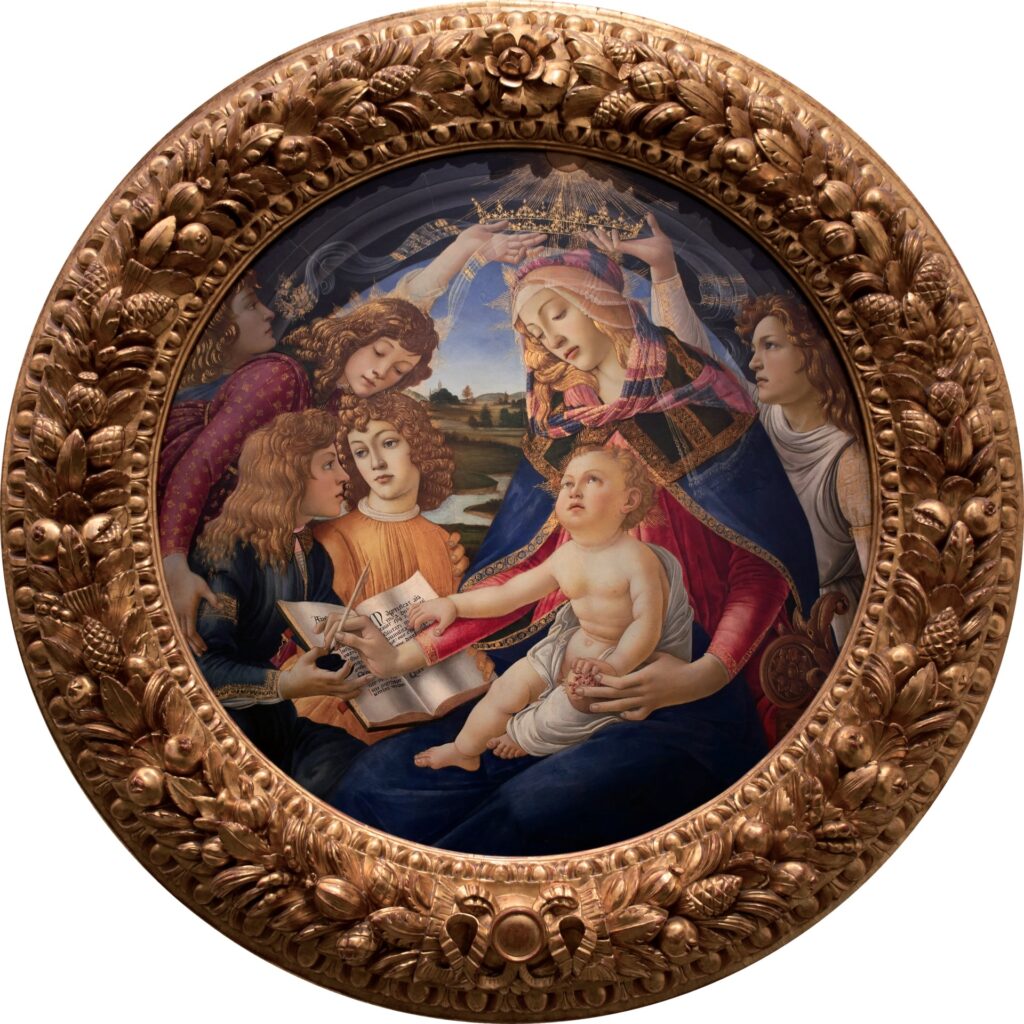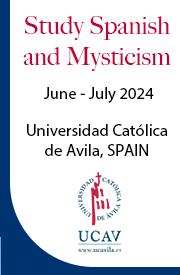Reflect with me, in Mary’s month, on what we learn about Mary – her personality and her virtues – from the Magnificat. I don’t mean what it says, so much as (i) the fact that we have it at all; (ii) the fact that she composed it; and (iii) what it does not say.
First, the fact that we have it at all. (Luke 1:46-55) We take this for granted, but think carefully. Luke probably wrote his Gospel in the late 50s, which means that Mary would have composed her hymn 60 years earlier or so. Now imagine you are an old person in your 80s, and someone asks you to repeat something you said in your 20s. Also, we have it only from Luke. Mary’s hymn is not mentioned in any other Gospel or ancient source. Apparently, if Luke had not hunted it down, it would have been lost.
What do we learn about Mary from these mere facts? We must presume, I think, that Mary recited the Magnificat frequently, if not every day, for sixty years. Since the Magnificat is a hymn of thanksgiving, that she recited it often, shows that gratitude was a leading virtue for her.
Also, it shows how fully she embraced Our Lord’s emphasis on the importance of persistence in prayer. Obviously, since she had composed the hymn and had recited it heartily from the start, the “merit” of praying it often, for her, would accrue to a large extent from the mere consistency of the repetition.
Then too, it shows that Mary loved vocal prayer. Her life in fact became a “type” of the Church, which in the Divine Office recites the Magnificat daily.
The fact that Luke deliberately had to seek out the hymn shows how much Mary loved private life and the intimacy of the home. With marvelous discretion and modesty, she seemed intent on “keeping” this glorious hymn in her heart, as an act of love expressed to the Lord, in her relationship with him. Hers was almost the opposite of our own impulse to “share,” display, and seek “likes” on social media. (Consider the image of Guadalupe, which – as everyone says – expresses tremendous modesty.)
Second, that she composed it. The Magnificat bears resemblance to great hymns in the Old Testament, such as the Song of Miriam (Exodus 15:20-27), and the Song of Hannah (1 Samuel 2:1-10), and yet it is no mere adaptation of these. It is fully its own work, reflecting Mary’s own situation. Moreover, it is not some clumsy production but, as everyone has acknowledged, a masterpiece. Admittedly, we cannot discount the contribution of the Spirit, but it seems that Mary composed her hymn before visiting Elizabeth. At the Visitation, she sang a hymn she had already composed.

What do we learn about Mary from these facts? We learn that she loved Scripture, recited it frequently, and probably memorized her favorite parts: invention requires a basis. We learn that she desired not simply to follow what Scripture taught, but also to imitate the very voice of Scripture itself – the way that someone who loved (say) the writing of John Henry Newman might copy out sentences, and practice writing his own sentences on the same pattern, in the hopes of imbibing Newman’s style. How fitting her entrancement would be, for someone who would conceive The Word behind all Scripture!
Furthermore, no one writes just one poem, just one song, just one essay. Certainly, no one writes just one thing of a certain kind, which then turns out to be a masterpiece. Therefore, she must have composed and sung many hymns. It seems plausible that, frequently, when she visited “her kinswoman” or others she would share a song she had just composed. But this then reveals that she was fond of the stylized and rehearsed. She did not, like us, favor the spontaneous; she saw no contradiction between the stylized and the sincere.
That she composed songs in imitation of Miriam and Hannah shows that, for her, God’s relationship to his people was a living thing, not a dead tradition; she saw herself as taking a present and equal part within that long covenant history. She expects God to act and is ready for it.
Third: What it does not say. The Magnificat is simple, only ten lines or so, yet it is packed with meaning. It does not drone on and on; it does not repeat. Thus we see in it Mary’s simplicity and directness.
Strikingly, it is hardly about her. Only the words, “henceforth all nations shall call me blessed, for the Almighty has done great things for me,” directly concern her. Then consider the great disparity between what we know about her, and what she says in those words: she includes no reference whatsoever to what the angel told her – the divine offspring and his salvation and reign.
It’s possible even (and I have thought it) that what we call the Magnificat is an adaptation of a hymn she had composed earlier, upon her betrothal to Joseph, as an exultation of their love, celebrating that Joseph had courted her; and then, after the Annunciation, that hymn was elaborated and found its true purpose and meaning.
Then note the vastness of the “law of impartiality” which she celebrates, echoing so many psalms and passages from the prophets: the mighty, the satisfied, and the proud are brought down, while the poor, the hungry, and the lowly are exalted. Did Mary perhaps sing her song to the infant Jesus, who later taught the same truths in his Beatitudes?
I would find myself a little frightened to approach such an extraordinary person, if Our Lord had not assured me that she is my mother also. And then there is this consolation: piety shown to Our Lady in the Rosary, the scapular, and in hymns such as the Salve Regina immediately places us in a humble posture and ipso facto recommends us to her.
__________
You may also enjoy:
Gerard Manley Hopkins May Magnificat
Rev. Peter M.J. Stravinskas Elizabeth: “God Has Sworn”

















